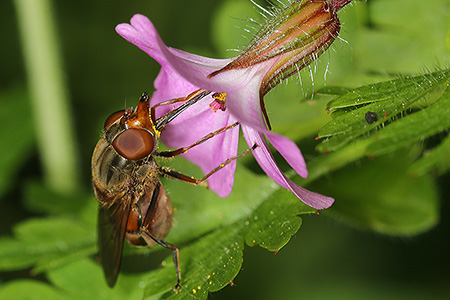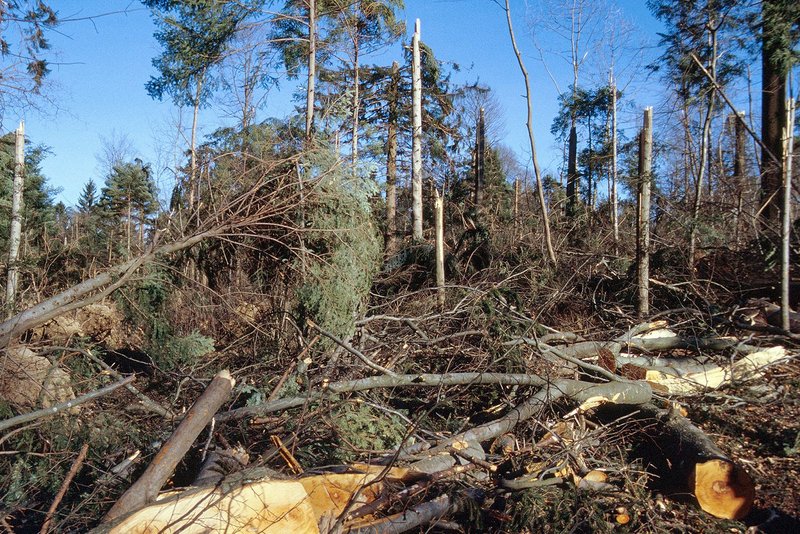
Fig. 1. Windthrow area near Zurich two months after Storm Lothar. Photo: Beat Wermelinger (WSL)
Trees uprooted and broken by the storm (so-called “windthrow”), trunks lying in all directions, blocked roads and paths – a terrible sight to see. Nature sees this differently. Decades of studies carried out on invertebrates on various storm-damaged areas in Switzerland have shown that nature is well adapted to such events and that the number of insect and spider species in windthrow areas is significantly higher than in intact forests. Normally, the lying timber is harvested as quickly as possible after a storm. This leads to differences in the species communities of arthropods in comparison with untouched windthrow areas. A mosaic of cleared and uncleared areas is thus what promotes biodiversity the most.
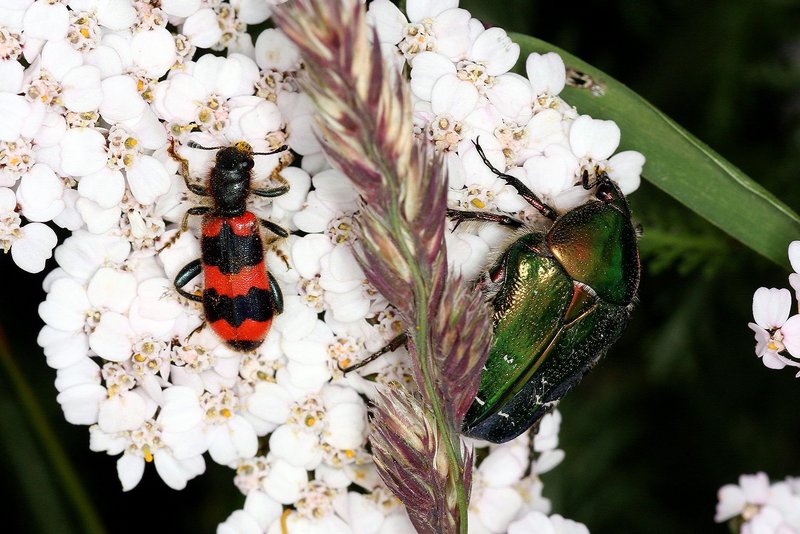
Fig. 2. The checkered beetle Trichodes apiarius and the rose chafer (Cetonia aurata) were found almost exclusively on the open storm-damaged areas. Photo: Beat Wermelinger (WSL)
Storms as “natural disasters”
For people, natural disturbances usually have negative economic and social consequences. Windthrow damage in a forest can severely impact the timber yield, forest planning, or the protective function of the forest. For nature, an ecological disturbance like this is a normal occurrence in the natural forest dynamics. This was clearly shown by forest research after the storms Vivian (1990) and Lothar (1999).
The timber arising as a result of storm damage is usually removed as quickly as possible to prevent infestation by bark beetles and to make the areas accessible for replanting. The ecological consequences for the insects living on these windthrow areas were however largely unknown. A project was thus carried out at the Swiss Federal Institute for Forest, Snow and Landscape Research (WSL) to compare the long-term development of the insect fauna on uncleared storm areas with that on traditionally cleared areas and the forest left intact, i.e. without storm damage.
What exactly was investigated?
At comparable intervals during the first two decades after the respective storms, the researchers set up different insect traps in three areas of the Alps affected by storm Vivian, and three sites on the Central Plateau damaged by storm Lothar. The traps were emptied regularly throughout the growing season, and the insects, spiders and woodlice caught were identified and counted.
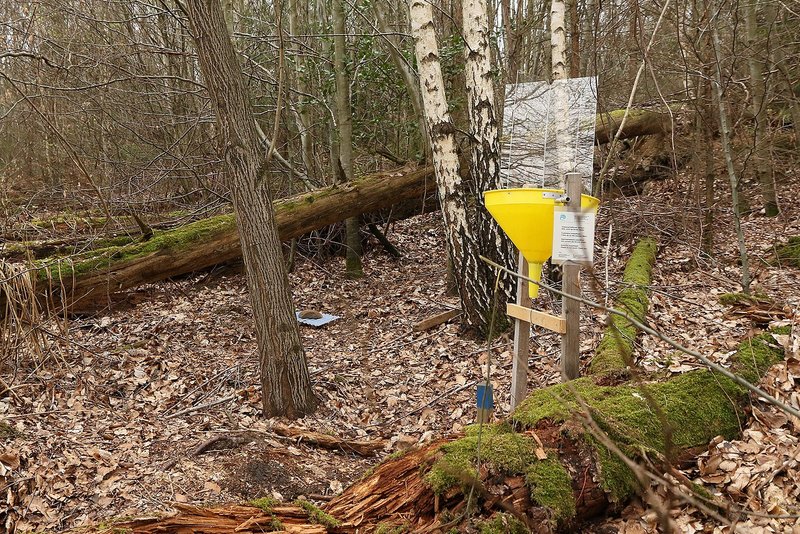
Fig. 3. 20 years after storm Lothar, a dense forest has already redeveloped. The pitfall trap (centre of the photo, in the background) catches species active on the ground, and the combination trap (foreground right) catches flying and especially plant-pollinating insects. Photo: Beat Wermelinger (WSL)
More insect diversity after the storm
A total of more than 500 000 specimens of more than 1600 species were incorporated in the analyses. 50% more species were to be found on the storm-damaged areas than in the intact reference forest. This applies for very different functional groups, such as herbivores, wood dwellers, animals that feed on dead material, pollinators or predatory species. Rare and endangered species also benefit greatly from the new habitats. However, bark beetle species with the potential to cause damage are also more common on the storm-damaged areas.
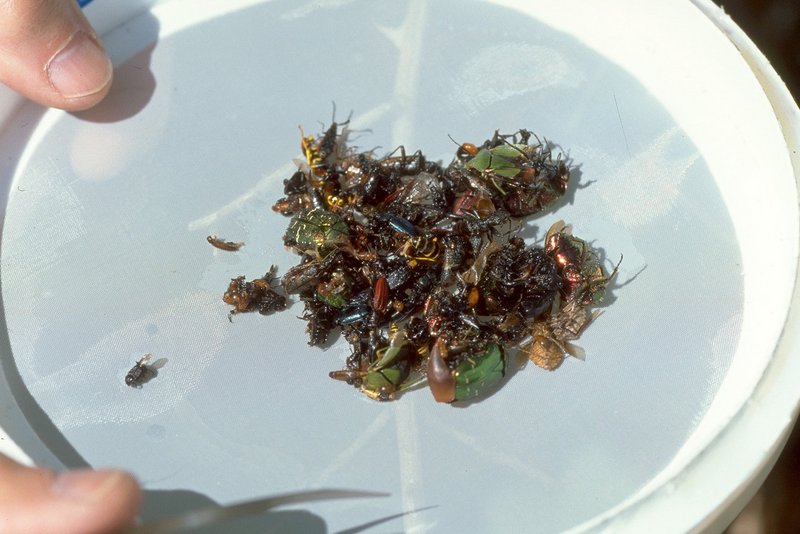
Fig. 4. Example showing the weekly catch of a combination trap, with some beetles, true bugs and wasps. Photo: Beat Wermelinger (WSL)
Cleared or uncleared – a comparison
The harvesting of the windthrown trunks (roots and small branches are usually left on site) leads on the one hand to mechanical damage to the soil and on the other hand to the removal of resources (deadwood). Just among beetles, more than 1500 species depend on dead wood. This is why wood-dwelling insects are significantly more common on the uncleared sites than on the cleared storm-damaged areas. Overall, there are roughly the same number of insect species living in the two variants (cleared/uncleared), but in different compositions. In the study, up to 20% of all species were only found on areas where the wood had been left lying. Conversely, around 10% of the species occurred exclusively on cleared areas. This means that both windthrow habitats are valuable for biodiversity. Specialists that only occurred in intact forest areas accounted for only about 6% of all species found.
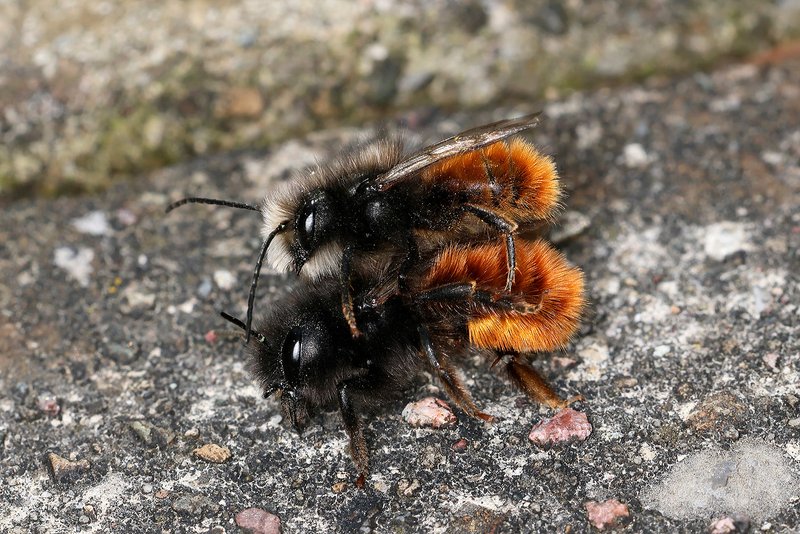
Fig. 5. The European orchard bee (Osmia cornuta) was only found on uncleared storm-damaged areas. Photo: Beat Wermelinger (WSL)
Increasingly valuable with age
The peak in the number of species and individuals occurs two to four years after a storm. After that, pioneer shrubs and trees begin to grow and the habitat gradually becomes more shaded again. Especially the abundance of insects decreases significantly as a result, while the number of species remains high for some time. The endangered wood-dwelling species in particular benefit from the abundant supplies of slowly decaying wood in the uncleared storm-damaged areas. Decaying trunks of large diameter are a rare substrate in most Swiss forests, but they are an important habitat for many endangered organisms.

Fig. 6. The longhorn beetle (Rhagium sycophanta), a Red List wood-dwelling species found in areas damaged by storm Lothar. Photo: Beat Wermelinger (WSL)
The return to “forest fauna”
The natural reforestation and with it the return of the windthrow fauna to the typical species assemblage of a closed-canopy forest depends largely on the altitude. In the pre-alpine zones of the areas affected by storm Vivian, the species composition of insects, spiders and isopods only began to approach that of forest fauna again after 10 years. After 20 years, however, the similarity was only 30%. By contrast, the composition of insect species in the areas affected by storm Lothar began to approach that of the intact forest from the outset and had already reached 50% similarity after 20 years. The return (resilience) of the ecosystems to their original state is therefore slower in mountain forests, due to temperature and also to differing pioneer vegetation.
Ecological lessons from the long-term study
Occasional disturbances such as storms or fires are part of the natural dynamics of a forest. Nature has the ability to cope with such events, which we regard as catastrophes, and - in terms of time in forests - to return relatively quickly to its original state. Human intervention measures such as the clearing of wood and planting of young trees are only necessary if we have additional expectations of the forest, such as the rapid restoration of wood production or protection against avalanches or landslides. Long-term studies of the insect fauna on windthrow areas show us that, in comparison with intact, closed forests, windthrow areas are an important resource for endangered species and an important basis for a high level of biodiversity. In gaps torn into a homogeneous forest by storms, species that rarely occur in closed-canopy forests can build up their populations and exchange genetic material with those in other, similar habitats. Last but not least, other animals such as birds, reptiles and bats also benefit from the abundance of insects. Most herbaceous plants and shrubs also need insects as pollinators for reproduction.
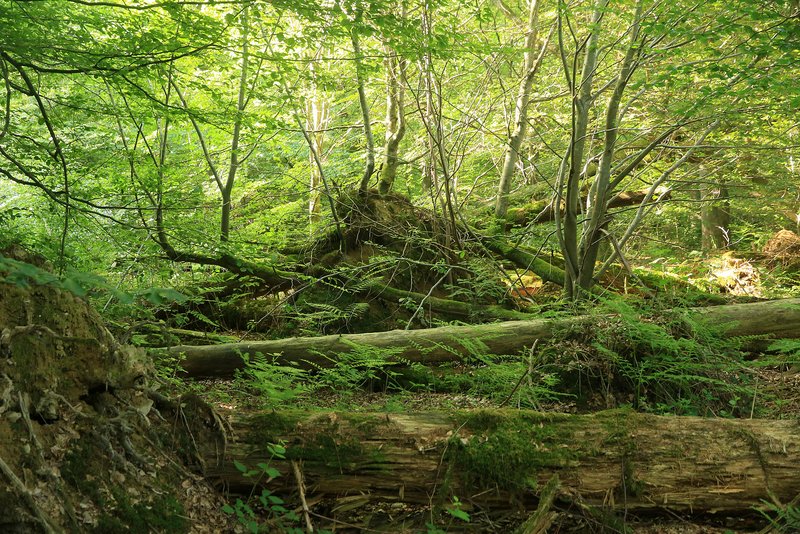
Fig. 7. Uncleared windthrow areas develop into extremely valuable habitats. Photo: Beat Wermelinger (WSL)
What should we do when the next storm occurs?
Urgent measures are undoubtedly needed after a major storm, to clear roads and secure the infrastructure. With regard to the ecological consequences of the traditional clearing of timber arising from storm damage, the findings show that - as is often the case - a high diversity of habitats and structures goes hand in hand with a high diversity of organisms. In concrete terms this means that ideally, a not-too-small proportion of the storm-damaged area should be left untouched, or a reasonable number of the fallen trees should be left lying. Timber arising from storm damage can however also be harvested, preferably of course where it is financially worthwhile. The coexistence of cleared and uncleared windthrow areas and intact forest is the best way to ensure a high level of regional forest biodiversity.
Translation: Tessa Feller


